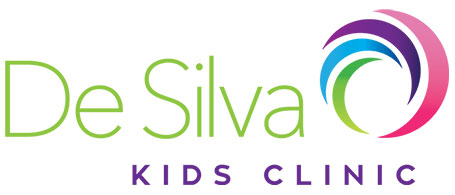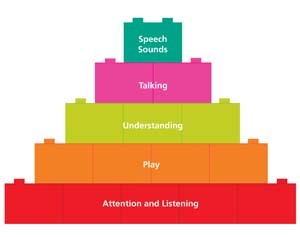Screen time is when your child spends time watching television, cinema screen, playing video or hand-held computer games or using smart phone and tablets.
Children learn and develop language skills through interactions with people. The American Academy of Paediatrics recommends no screen time before two years of age and encourages interactive play. Between 2-5 years of age, it is best to limit screen time to 1 hour per day of high quality programs.
Most parents might ask, “How can I reduce screen time”? … You can start by setting up screen time rules. Your child is less likely to understand if you say “John, only 10 minutes”. How long is 10 minutes? It is better to explain exactly what you mean and show them how long they have with visual cues. Some strategies that you may want to try include:
Limit maximum number of minutes your child is in front of a screen per day
Limit the times your child is allowed to use a screen: For example, only between 1:00 and 3:00
You can replace the times that your child normally would have been using a screen with an alternative activity that is enjoyable. It’s important to put away your screens when you interact with your child to help encourage play and social skills.
- Sing songs – nursery rhymes are great to get your child engaged
- Colour a picture that interests your child
- Cook something in the kitchen together, for example, gingerbread man
Some parents might ask “Screen time is my child’s down time. How am I supposed to take it away?” Children can learn more from screen time when their learning is supported.
How can you create an appropriate context for screen time?
- Try to engage with your child during screen time – talk about what your child is seeing and is interested in. If your child is interested in dinosaurs, ask your child to say 3 interesting facts about his favourite dinosaur.
- Related information in tablet/phone/television to your child’s past experiences/knowledge – if your child is looking at an airplane flying on screen, talk about a plane you saw at the airport or one he/she flew in
Bring information from screen into the real world – if your child saw someone riding a bike on screen, point out a bike on the street and remind your child about the person riding a bike on the TV/iPad.
Written by Didem Karademir, Speech Pathologist.






























